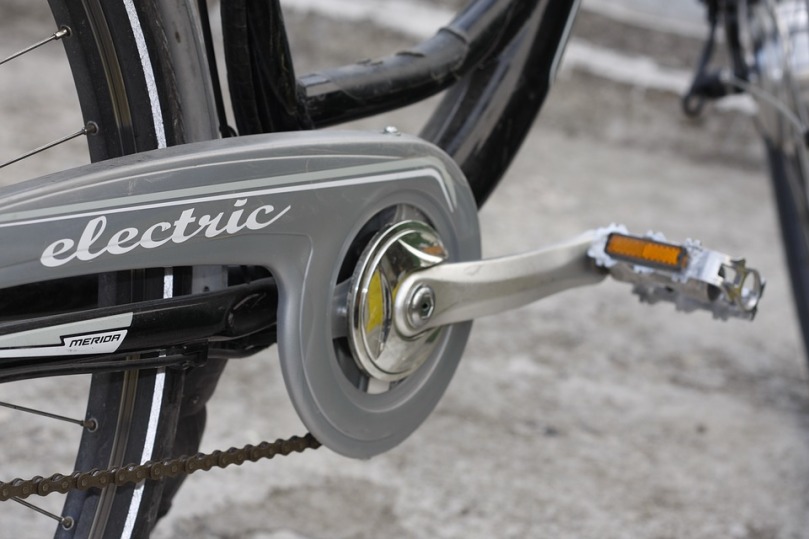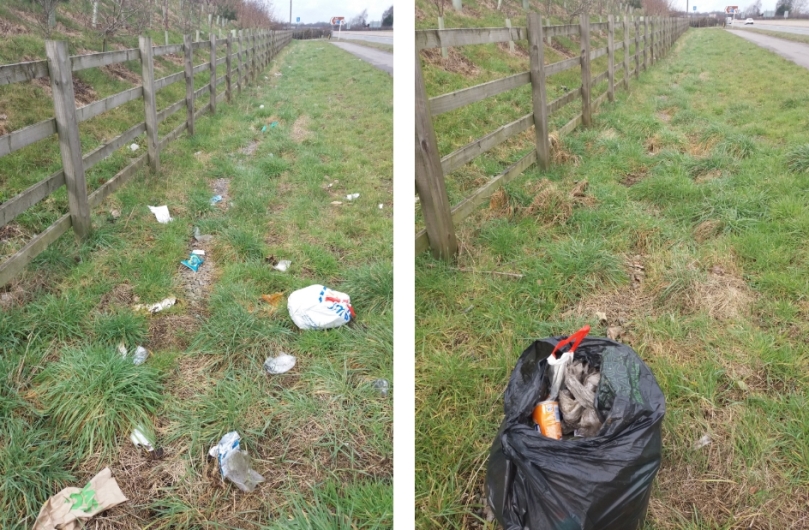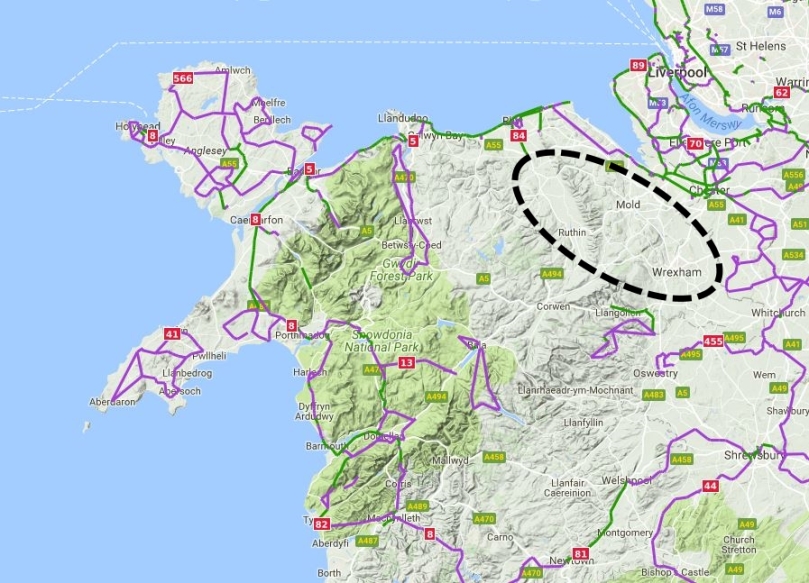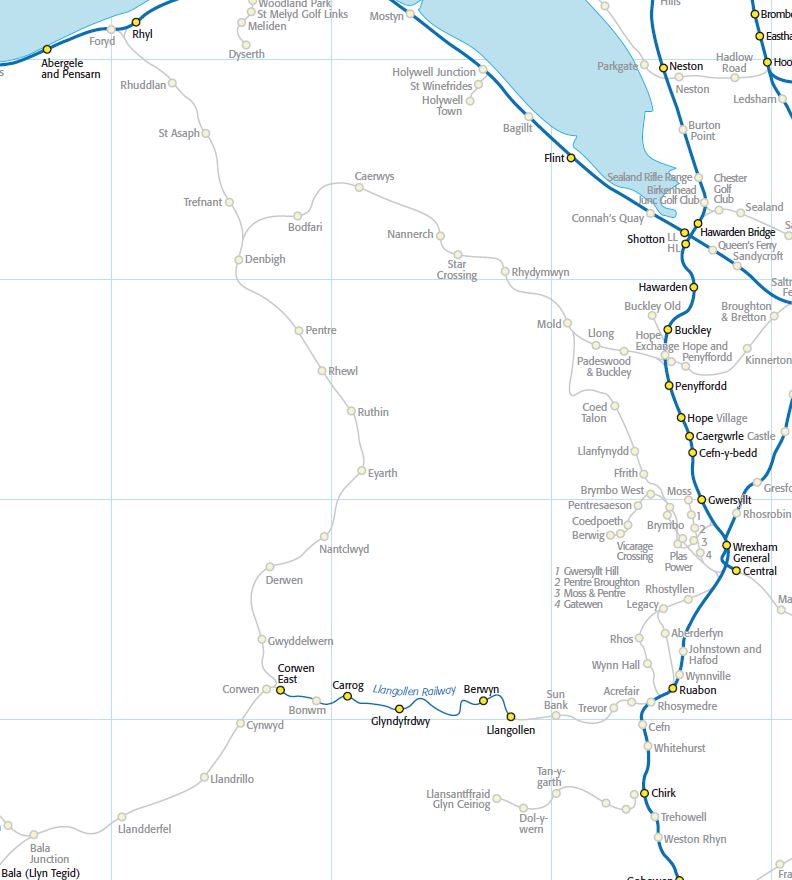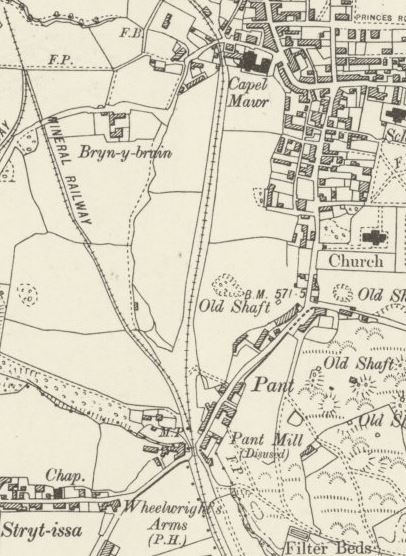Using the map linked to in my previous post, I’ve generated the following feedback on Wrexham’s INM. I’ve sent this into the council including marked up map screenshots.
Hopefully this feedback is useful to the council. If you agree or disagree with any of the comments I’ve made, then do tell the council via their consultation.

Chirk
Chirk to Froncysyllte. The canal route is only suited to mountain bikes and leisure purposes, a route alongside the A5 would be faster and more convenient for active travel.
Fully segregated cycle path should be included up to the infant school, junior school, leisure centre and library gates. This is a cluster of destinations ideally suited to arrival on foot or by bike.
Trevor
The old railway line from Trevor to Llangollen is part of Denbighshire’s INM. It might be worth considering listing continuing this path up to the border as an aspirational route.
Acrefair / Plas Madoc
The A539 is a welcome inclusion as this main route feels treacherous to cycle along. However the diversion in Plas Madoc onto the residential street will slow travel speed down due to junctions, and adds hills into the route. The route should continue along the A539.
Ruabon
The route along the B5605 should start sooner, rather than diverting through the housing estate. The housing estate diversion is slow due to junctions and bend, and parked cars make it difficult to use.
The A539 roundabout is difficult for cyclists to use, and inclusion of an alternative route from Park Road (B5605 West of roundabout) to Ruabon would be welcome.
Rhosllanerchrugog
There is a gap in cycling provision along the B5605, Ruabon Road. This is a key link to and from the Vauxhall Industrial Estate.
Two way cycling is allowed through Rhos High street, but this doesn’t seem to be included in the INM.
Pen-Y-Cae
Continuing the path along the old Rhos Branch railway, Southbound, to join the B5097 would make this path more useful. Currently a very narrow footpath which is difficult to access performs this role.
Parked cars on Copperas Hill make access to the Infants school difficult, although from The Afoneitha estate access to the school via Coed Y Nant perhaps makes more sense anyway.
Rhostyllen
The inclusion of what looks like an upgraded Esless Lane is welcome. However the most convenient route for people to Travel from Rhostyllen towards Wrexham town centre is along Wrexham Road (A5152). The route highlighted below should be included as a shared use or cycling path. This could then form a continuous route from Ruabon to Wrexham, a ‘super-highway’, acting as a trunk for the network to the West of the town.
Wrexham Town Centre (NB: dedicated map not provided)
The town centre seems to have a lot of roads without any provision for cyclists on either dedicated cycle paths or shared use paths on the INM.
The town centre is a key destination for anyone living in the area. Town centre roads are amongst the busiest in the area and people using active travel require most assistance along these roads.
There are numerous roads without provision on the INM. A few key omissions include Watery Road, Pentrefelin, Hill Street, King Street (interchange with public transport), Powell Road, Grosvenor Road.
Wrexham Town South
There appears to be a gap in provision along Ruthin Road(A525) between Ysgol Bryn Offa and the junction with the A483. Provision along Croesnewydd Road is also omitted from the INM, this is a key route to the Hospital and business areas.
There appears to be a gap in provision along Abenbury Road.
Allowing two way cycle traffic along Bennion’s road in Hightown could be beneficial.
Wrexham Town North
Holt road (A534) appears to have a gap in provision. This is a key arterial route into the town centre from the East of town and should have a continuous route.
There appears to be a gap in provision along the B5425 between Stansty and Rhosrobin;
Rhosnesni lane currently features some cycling infrastructure, but it is not noted on the INM. The infrastructure, party shared, currently takes a long winded route, weaving back and forth. An upgrade would be welcome here.
Gwersyllt
There appears to be a gap in provision along the B5425 between Rhosrobin and Plas Acton Road.
Wrexham Industrial Estate
The inclusion of a path alongside the new link road is very welcome.






